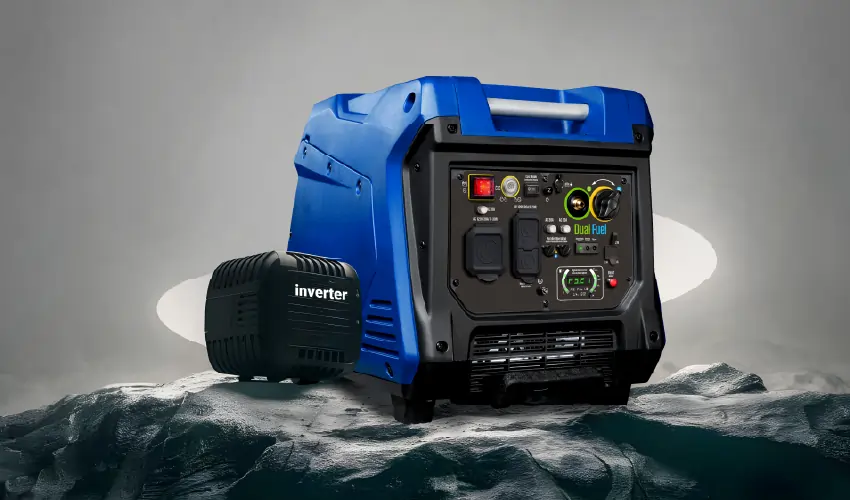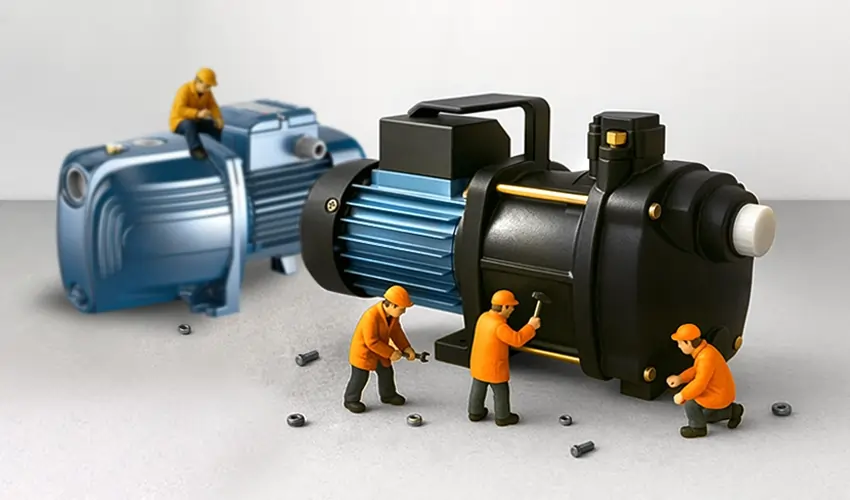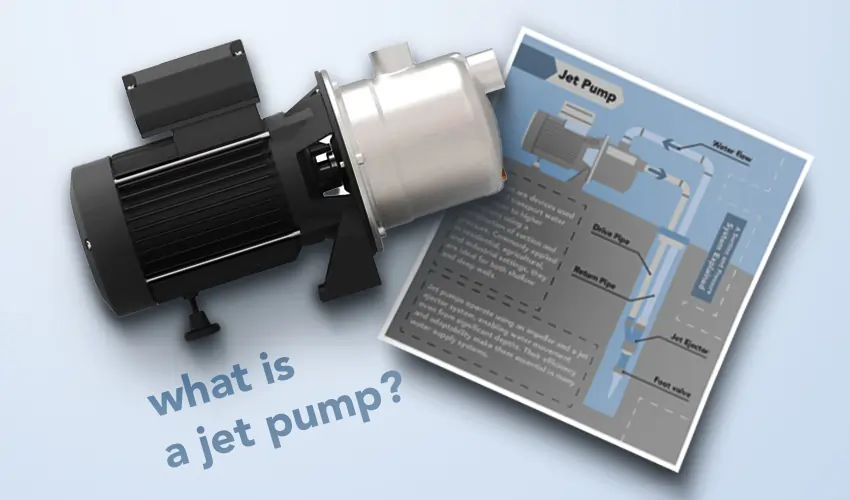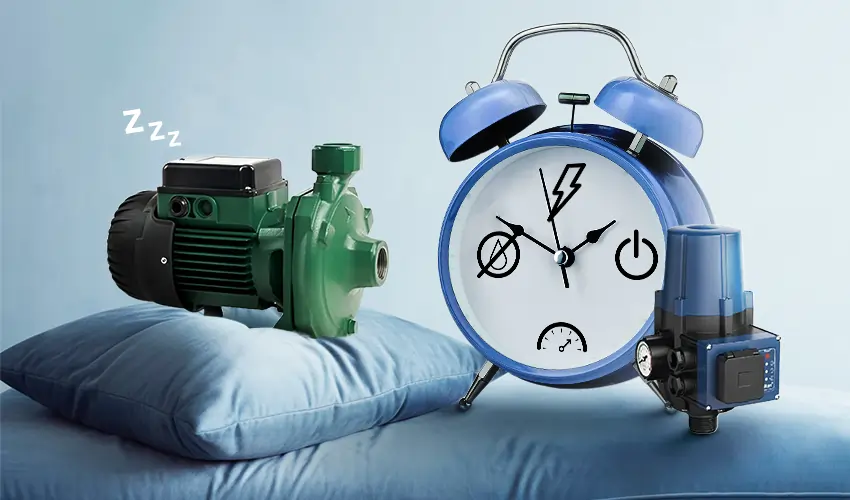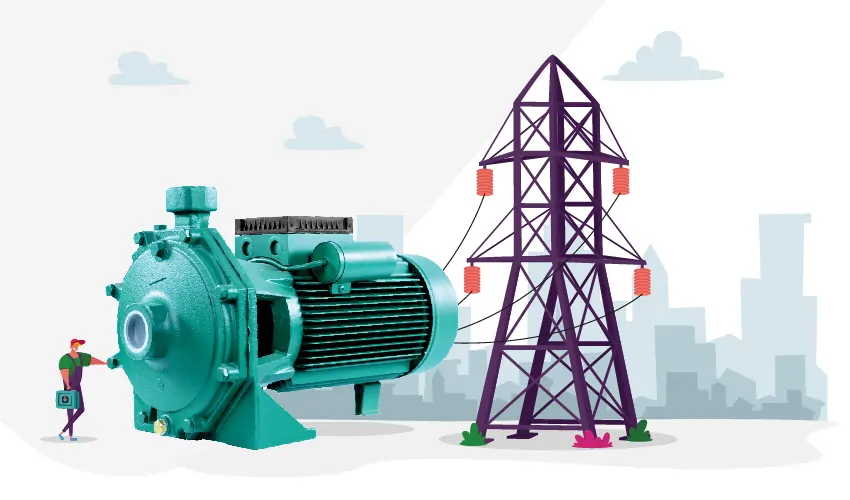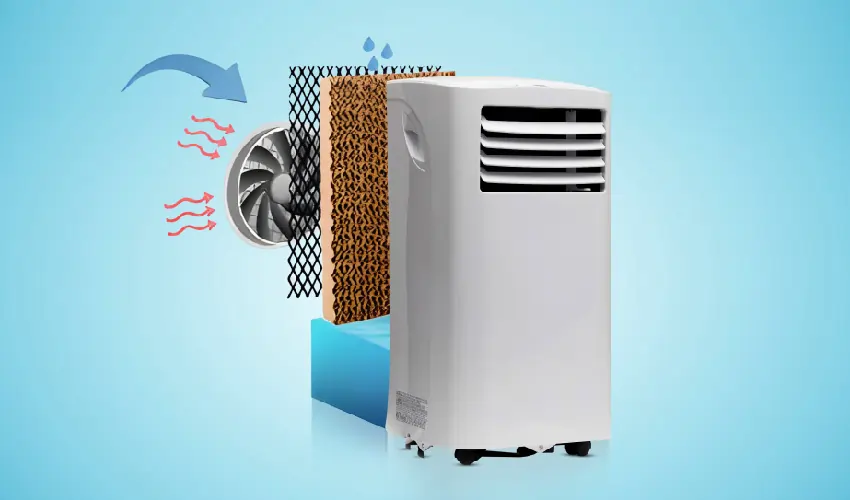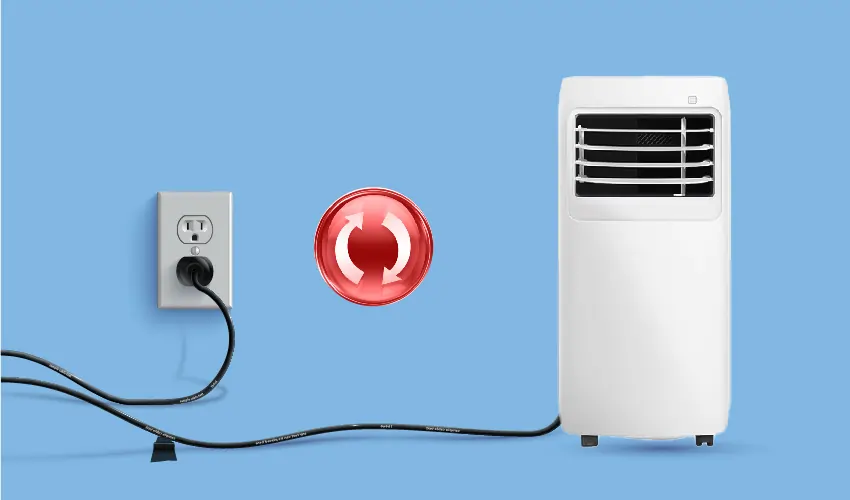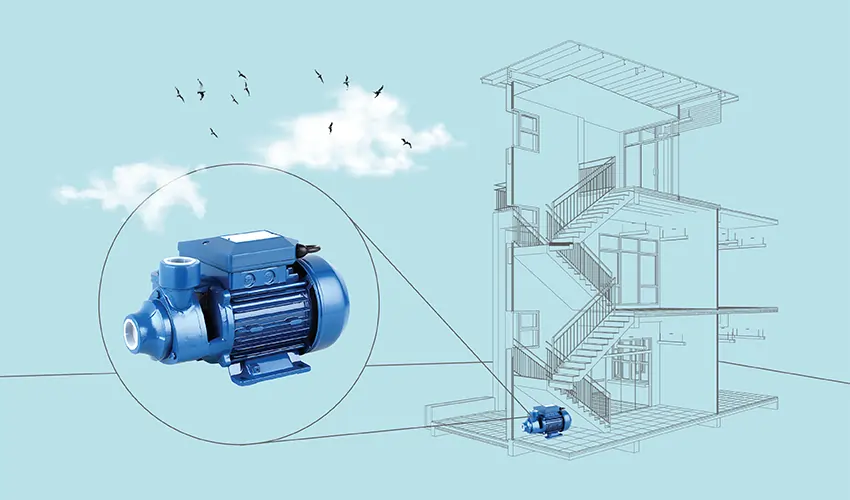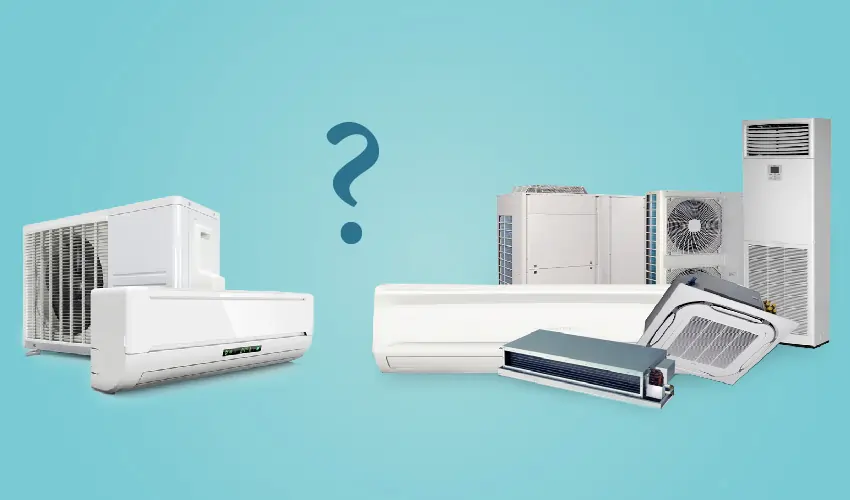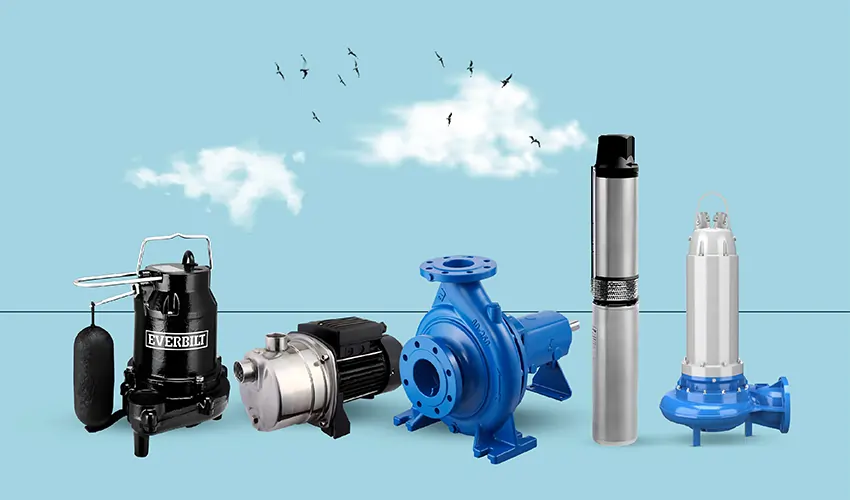In today’s world, where reliable electricity is essential for both daily life and emergencies, owning a generator provides invaluable peace of mind. Yet, as technology advances and our reliance on electronic devices grows, the limitations of conventional generators become increasingly apparent. Fortunately, there’s a solution: adding an inverter to your generator.
What is an Inverter Generator
An inverter for a generator is a device that converts the direct current (DC) output generated by the generator into alternating current (AC) power that is suitable for powering most household appliances and electronic devices.
Generators typically produce electricity in the form of DC power, which is not directly usable for most applications. An inverter takes this DC power and converts it into AC power with the required voltage and frequency, typically 120 volts AC at 60 Hz in the United States. This AC power is then suitable for powering devices like lights, appliances, computers, and other electronics.
In addition to converting DC to AC, inverters also regulate the voltage and frequency of the output power to ensure that it remains stable and within the acceptable range for the connected devices. This is particularly important for sensitive electronic equipment, which can be damaged by fluctuations in voltage or frequency.
Furthermore, some modern inverters also offer additional features such as surge protection, energy-efficient operation, and the ability to produce a pure sine wave output, which mimics the clean and stable power provided by utility companies.
How to Add an Inverter to a Generator?
Adding an inverter to a generator involves installing the inverter between the generator’s DC output and the electrical load that you want to power. Here’s a general outline of the steps involved:
Choose the right inverter: Select an inverter that matches the power output and voltage of your generator. Make sure it has the appropriate capacity to handle the electrical load you intend to power.
Prepare the generator: Before installation, ensure the generator is turned off and disconnected from any power sources. It’s essential to work on the generator in a safe environment, preferably outdoors or in a well-ventilated area.
Locate the DC output: Identify the DC output terminals on your generator. This is where you’ll connect the inverter to receive the generator’s DC power.
Install the inverter: Mount the inverter securely in a suitable location near the generator. Ensure it’s placed in a well-ventilated area and away from any potential sources of heat or moisture.
Connect the DC input: Using appropriate cables and connectors, connect the DC input terminals of the inverter to the DC output terminals of the generator. Follow the manufacturer’s instructions for proper wiring and connections.
Connect the AC output: Once the DC input is connected, you’ll need to connect the AC output terminals of the inverter to the electrical load you want to power. This typically involves using standard AC power cords and outlets.
Test the setup: Before powering on the generator, double-check all connections to ensure they are secure and properly insulated. Once everything is in order, start the generator and verify that the inverter is functioning correctly by checking the output voltage and frequency.
Monitor and maintain: Regularly inspect the inverter and generator setup for any signs of damage or wear. Follow the manufacturer’s maintenance guidelines to ensure optimal performance and longevity.
Things to Consider When Connecting your Inverter to Your Generator
When connecting an inverter to a portable generator, there are several important factors to consider to ensure safety, efficiency, and compatibility. Here are some key things to keep in mind:
Power Rating: Ensure that the inverter’s power rating matches or exceeds the power output of the generator. This ensures that the inverter can handle the load you intend to power without overloading or damaging it.
Voltage Compatibility: Verify that the inverter’s input voltage requirements match the DC output voltage of the generator. Using an inverter with an incompatible voltage rating can result in damage to the equipment and potentially unsafe operation.
Waveform: Consider the type of waveform produced by the inverter. Pure sine wave inverters provide clean and stable power similar to that of utility grids, making them suitable for powering sensitive electronics. Modified sine wave inverters are more affordable but may produce lower-quality power that can potentially cause issues with certain devices.
Connection Method: Ensure that you use appropriate cables and connectors to make secure and proper connections between the generator, inverter, and electrical load. Improper connections can lead to electrical hazards and equipment damage.
Safety Precautions: Take necessary safety precautions when working with electrical equipment. Turn off the generator and disconnect it from any power sources before making connections. Wear appropriate protective gear and work in a well-ventilated area.
Location: Choose a suitable location for installing the inverter, ensuring that it is protected from environmental factors such as moisture, heat, and debris. Adequate ventilation is essential to prevent overheating.
Regulatory Compliance: Ensure that the installation complies with relevant safety regulations and codes applicable to electrical installations in your area. If you’re unsure, consult a qualified electrician for guidance.
Testing and Monitoring: After installation, thoroughly test the setup to verify proper operation and stability. Monitor the inverter and generator for any signs of abnormal behavior or malfunctions, and address any issues promptly.
Conclusion
While it is possible to add an inverter to a generator, it is often more practical to use an inverter generator or a UPS for cleaner power. If you choose to proceed with the addition, ensure proper compatibility and safety measures are in place.

